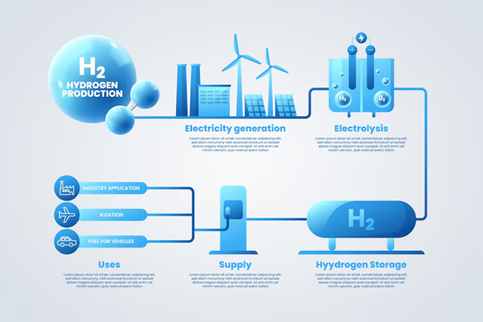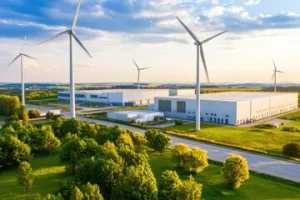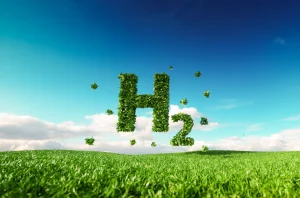What Is Hydrogen Fuel and Why Is It the Fuel of the Future
Consider your car uses a fuel, so pure that it just emits water vapour. Sounds futuristic, right? It’s not just a sci-fi future anymore, it’s a sustainable reality. And it’s hydrogen fuel.
In addition to being the most prevalent element in the universe, hydrogen emits no carbon dioxide when utilized as a fuel. According to the International Energy Agency (IEA), replacing fossil fuels in heavy industries and transportation with hydrogen could save up to 830 million tons of CO2 annually.
So, how exactly does water electrolysis for hydrogen production work? And what makes hydrogen fuel for the future so revolutionary, and the reasons why businesses like YonderH2 and governments worldwide are placing significant bets on it.
Let’s examine!

1. Clean Energy with Zero Carbon Emissions
Hydrogen doesn’t release carbon dioxide like gasoline or diesel does. They only produce water as a byproduct; that’s a huge environmental victory.
Hydrogen is one of the cleanest fuels on the planet when it is created by water electrolysis, particularly when solar or wind energy is used. According to the US Department of Energy, when compared to fossil fuels, green hydrogen can reduce lifecycle emissions by more than 90%.
2. High Energy Density = Powerful Fuel
Hydrogen has three times the energy content of gasoline per unit of weight. For applications such as heavy industries where batteries might not be sufficient, this makes a great choice.
While storing hydrogen presents challenges, innovations in liquid hydrogen storage and solid-state hydrogen tech are quickly closing the gap.
3. Scalable Production via Hydrogen Electrolysis
Thanks to innovations in hydrogen electrolysis, clean hydrogen generation is more efficient and scalable than before. Electrolysers can be installed in various sizes, from small units for home use to large industrial-scale systems that power entire plants.
In water electrolysis for hydrogen production, electricity is passed through water, splitting it into hydrogen and oxygen. This method—when powered by renewables—makes the entire fuel cycle carbon-free.
- Versatile Applications Across Sector
Hydrogen isn’t just limited to cars. It can be used in:
- Fuel cell vehicles
- Industrial processes
- Power generation
- Aviation and marine transport
This cross-sector utility positions hydrogen fuel for the future as the ultimate energy carrier.
- Global Backing and Government Suppor
Countries are rapidly building their hydrogen roadmaps. According to the Ministry of New and Renewable Energy, India is aiming to produce 5 million tonnes of green hydrogen every year by 2030. Thus, initiated the National Green Hydrogen Mission in 2023.
Many countries like the US, Europe, and Japan are spending billions on green hydrogen to strengthen their clean energy transitions with hydrogen production. They are investing in infrastructure, offering subsidies, and forming public-private partnerships.
Final Thought
A viable, scalable, and sustainable solution to the climate crisis is hydrogen fuel. As infrastructure grows and production cost falls, hydrogen will transform into a practical, everyday solution from a futuristic concept.
That’s where YonderH2 steps in.
As a leading company in IGBT converters, electrolysis rectifiers, and transformers designed for green hydrogen production, YonderH2 is empowering the next generation of hydrogen production.
Ready to Dive into the Hydrogen Revolution?





